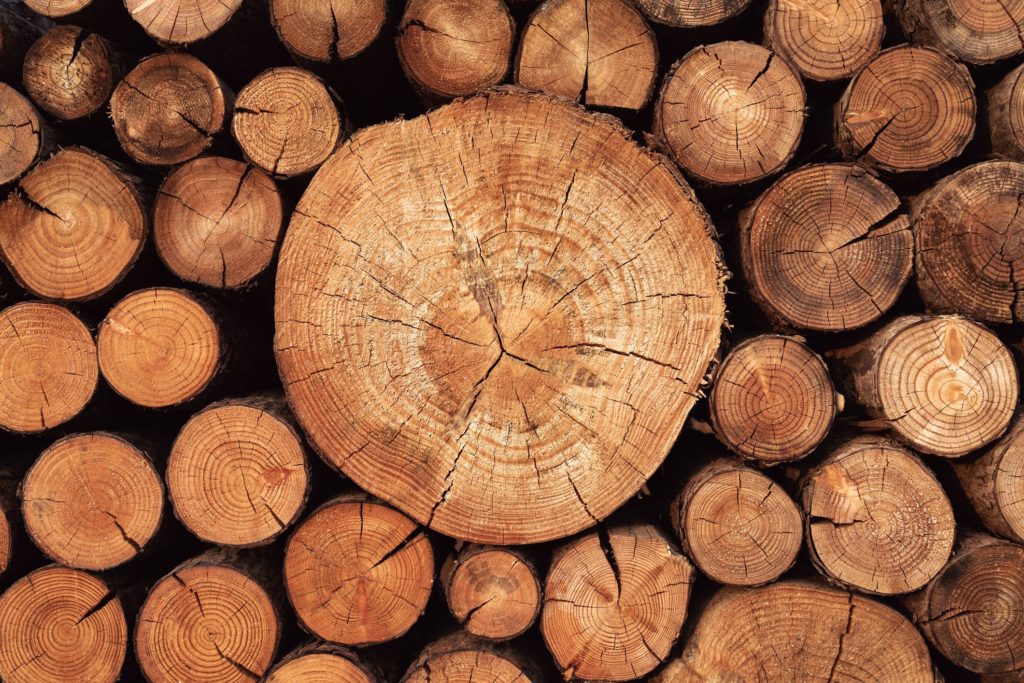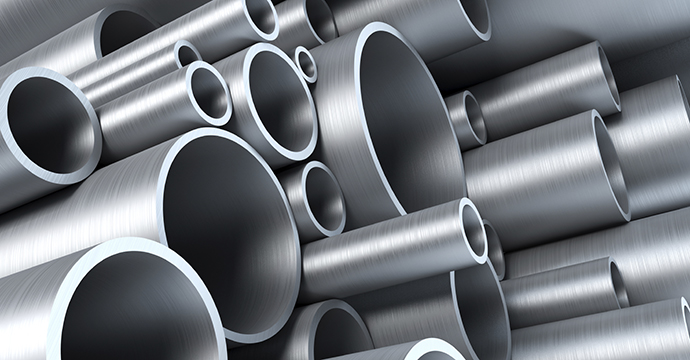Comparing Masonry to Other Building Materials
When choosing materials for construction, it's essential to compare the pros and cons of different options. Masonry, wood, and steel are among the most commonly used materials in building construction. Here’s a detailed comparison of these materials:

1. Masonry
Pros:
- Durability and Longevity: Masonry structures, including those made from brick, stone, and concrete, are known for their longevity. They can withstand harsh weather conditions and require minimal maintenance.
- Fire Resistance: Masonry is highly resistant to fire. It does not burn or melt, making it an excellent choice for buildings where fire safety is a concern.
- Thermal Mass: Masonry materials have high thermal mass, meaning they can absorb and store heat. This property helps in regulating indoor temperatures, reducing heating and cooling costs.
- Sound Insulation: Masonry provides good sound insulation, making it suitable for buildings in noisy areas.
- Aesthetic Appeal: Masonry offers a variety of aesthetic options with different textures, colors, and patterns, contributing to the architectural appeal of buildings.
Cons:
- Cost: Masonry construction can be more expensive compared to wood and steel, particularly due to labor costs.
- Weight: Masonry structures are heavy and require strong foundations, which can increase construction costs.
- Construction Time: Building with masonry can be time-consuming, as it often requires skilled labor and careful workmanship.
- Limited Flexibility: Once constructed, masonry structures are challenging to modify or expand.

2. Wood
Pros:
- Cost-Effective: Wood is generally less expensive than masonry and steel, both in terms of material and labor costs.
- Speed of Construction: Wood structures can be erected quickly, making them suitable for projects with tight timelines.
- Flexibility: Wood is a versatile material that can be easily cut, shaped, and modified. This makes it ideal for custom designs and renovations.
- Sustainability: When sourced responsibly, wood is a renewable resource. It can also sequester carbon, contributing to environmental sustainability.
Cons:
- Fire Hazard: Wood is highly flammable, which poses a significant fire risk.
- Susceptibility to Pests: Wood can be damaged by insects such as termites and beetles, which can compromise the structural integrity.
- Moisture Sensitivity: Wood is prone to rot, mold, and warping when exposed to moisture. Proper treatment and maintenance are essential to mitigate these issues.
- Durability: While treated wood can last for many years, it generally does not have the same longevity as masonry or steel.

3. Steel
Pros:
- Strength and Durability: Steel is exceptionally strong and durable. It can support large loads and is resistant to many forms of damage.
- Flexibility and Design: Steel structures can be designed with greater flexibility, allowing for large open spaces and unique architectural features.
- Speed of Construction: Prefabricated steel components can be quickly assembled on-site, reducing construction time.
- Fire Resistance: Steel does not burn, making it a safer choice in terms of fire resistance, although it can lose strength at very high temperatures.
Cons:
- Cost: The initial cost of steel can be high, although this is often offset by reduced construction time and labor costs.
- Corrosion: Steel is susceptible to corrosion, especially in humid or coastal environments. Protective coatings and regular maintenance are necessary to prevent rust.
- Thermal Conductivity: Steel is a good conductor of heat, which can lead to higher energy costs unless proper insulation is used.
- Environmental Impact: The production of steel involves significant energy consumption and greenhouse gas emissions, although recycling can mitigate some of these impacts.
4. Other Construction Materials
Concrete (Non-Masonry):
- Pros: High compressive strength, fire resistance, and durability.
- Cons: Requires skilled labor, can crack under tensile stress, and has a significant carbon footprint.
Glass:
- Pros: Aesthetic appeal, natural light, and modern look.
- Cons: Fragility, high maintenance, and poor insulation properties.
Composite Materials:
- Pros: Customizable properties, lightweight, and resistant to various environmental factors.
- Cons: High cost and sometimes limited long-term performance data.
Each construction material has its own set of advantages and disadvantages. Masonry is valued for its durability, fire resistance, and aesthetic appeal but comes with higher costs and longer construction times. Wood is cost-effective, flexible, and quick to construct but has issues with fire risk and durability. Steel offers strength, durability, and design flexibility but can be expensive and prone to corrosion. The choice of material depends on the specific requirements of the project, including budget, environmental conditions, aesthetic preferences, and long-term performance goals.